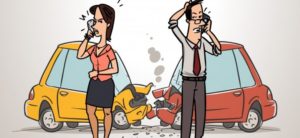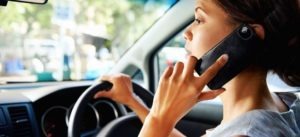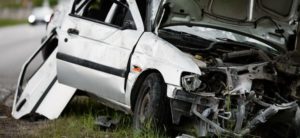Drowsy Driving Accidents in Nevada: A Hidden Threat
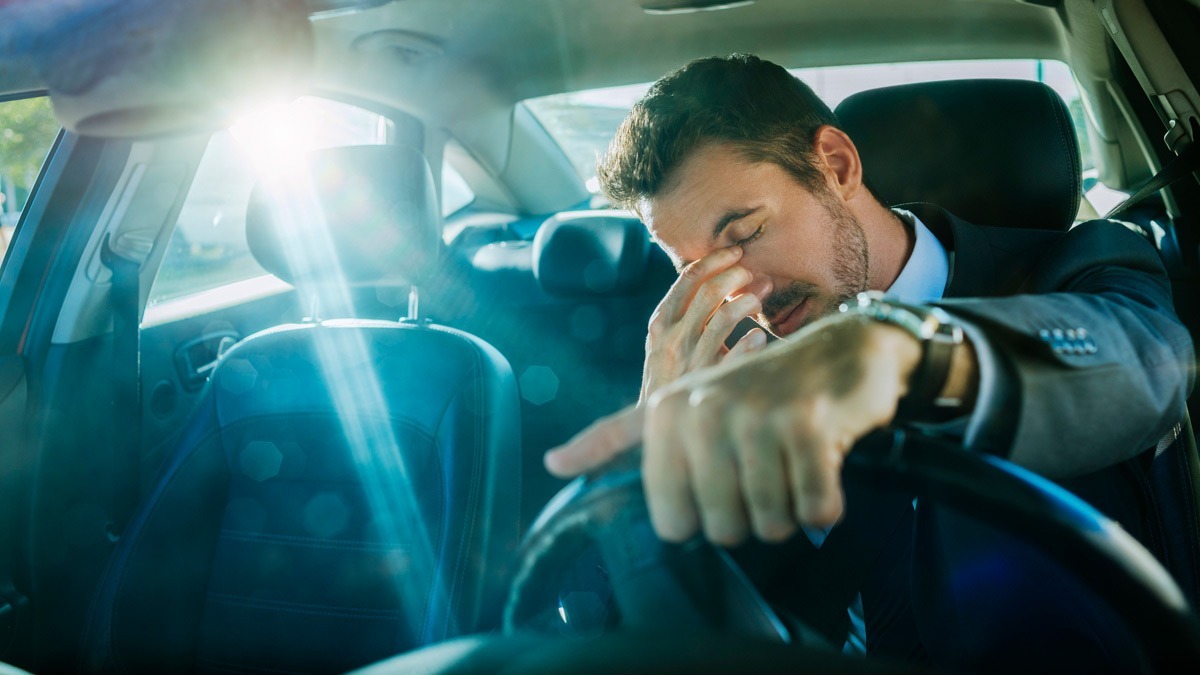
Most drivers recognize the dangers of speeding or texting behind the wheel. But far fewer appreciate the risks posed by a very common and often overlooked behavior: driving while drowsy. Fatigue can slow reaction time, impair judgment, and make it harder to stay focused—just like alcohol or drugs. In fact, the National Safety Council (NSC) estimates that driving after more than 20 hours without sleep is the equivalent of driving with a blood alcohol concentration of 0.08 percent (the legal limit).
In a state like Nevada, where long highway stretches and shift-based jobs are common, drowsy driving is a serious and underreported threat. Victims of drowsy driving crashes may suffer serious injuries, face expensive medical bills, and be left with long-term consequences. Understanding how these accidents happen, who may be liable, and what rights injured individuals have is key to protecting public safety and securing fair compensation.
How Common Is Drowsy Driving?
Drowsy driving often goes unreported because there is no roadside test for fatigue like there is for alcohol or drugs. Police reports rarely list “fatigue” as a primary cause unless the driver admits it or there is compelling evidence.
That said, estimates by the Centers for Disease Control and Prevention (CDC) suggest that about 1 in 25 adult drivers have fallen asleep at the wheel in the past 30 days. According to the National Highway Traffic Safety Administration (NHTSA), fatigue was a contributing factor in over 90,000 crashes in 2017, resulting in roughly 800 deaths and 50,000 injuries annually.
Given the limited reporting, many experts believe these figures are conservative. Actual numbers may be significantly higher.
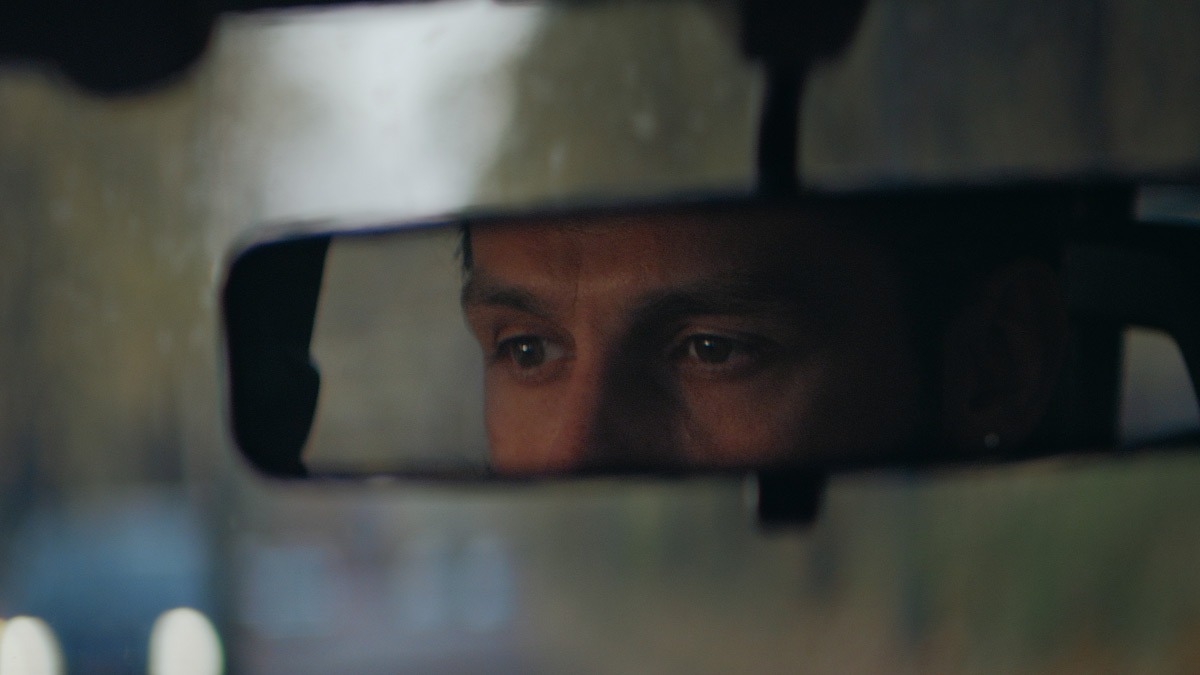
For a free legal consultation, call (725) 900-9000
Risk Factors for Drowsy Driving in Nevada
Certain individuals and scenarios carry a higher risk of fatigue-related accidents. In Nevada, the following risk groups and behaviors are especially relevant:
1. Shift Workers: Hospital employees, hospitality workers, first responders, and casino staff often work overnight or rotating shifts. These schedules disrupt the body’s natural circadian rhythm, increasing the risk of drowsy driving—particularly during early morning hours.
2. Commercial Drivers: Long-haul truckers and delivery drivers spend hours on Nevada highways with few rest areas or urban stops. Violations of rest period regulations increase the risk of driver fatigue and large-scale crashes.
3. Young Drivers: Teenagers and college students are particularly vulnerable. Sleep deprivation is common among young adults, and many underestimate the danger of getting behind the wheel when tired.
4. Tourists: Nevada is a major tourist destination, especially in Las Vegas and Reno. Out-of-state visitors often drive late at night or after long flights, increasing the risk of fatigue-related incidents.
5. Long-Distance Commuters: Nevada residents living in rural areas may drive over an hour to work. Early departures and late returns—combined with heat and highway monotony—create a perfect storm for fatigue.
Warning Signs of Drowsy Driving
Drowsy drivers often exhibit similar behaviors to intoxicated drivers. Common signs include:
- Drifting out of lane or over rumble strips
- Missing exits or road signs
- Difficulty maintaining speed
- Frequent yawning or blinking
- Head nodding or “microsleeps” (brief lapses in consciousness)
- Tailgating or delayed reactions
If a driver exhibits these behaviors prior to a crash, it may be evidence of drowsy driving.
Click to contact our personal injury lawyers today
Types of Crashes Caused by Fatigued Drivers
Drowsy driving crashes tend to share certain characteristics. They often involve:
- Single-vehicle accidents where the driver runs off the road
- Rear-end collisions due to delayed braking
- Head-on collisions from lane departures
- High-speed impacts with no attempt to swerve or brake
- Early morning or late-night timing, especially between 12 a.m. and 6 a.m.
These accidents can result in severe injuries or fatalities because the drowsy driver may not react at all before impact.
Complete a Free Case Evaluation form now
Legal Liability in Drowsy Driving Crashes
In Nevada, drivers have a duty to operate their vehicles safely. Choosing to drive while sleep-deprived may be considered negligent if it results in a crash. Victims of these accidents have the right to pursue compensation through a personal injury claim.
To establish liability, the injured party must prove:
- The driver owed a duty of care
- The driver breached that duty by operating the vehicle while impaired by fatigue
- That breach caused the accident
- The accident resulted in actual damages
Even if the drowsy driver did not break a specific law, their failure to remain alert and in control may still be considered negligent under civil standards.
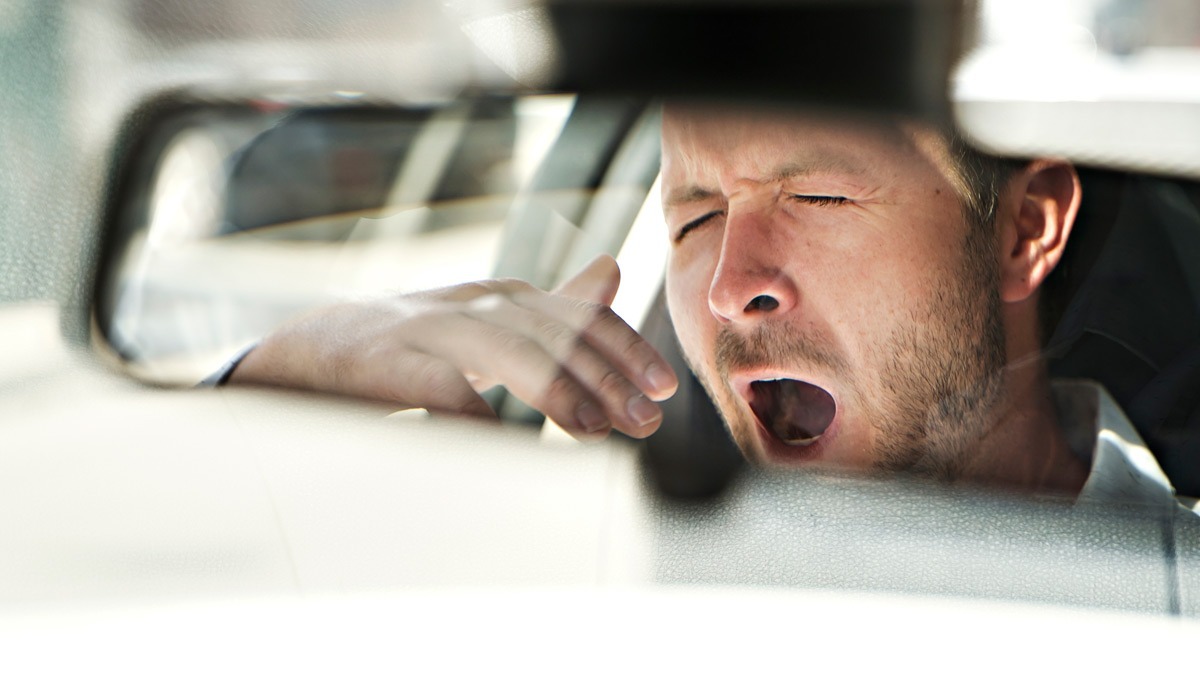
Proving Drowsy Driving in a Lawsuit
Fatigue can be difficult to prove without direct evidence. However, attorneys use a combination of circumstantial and supporting evidence, such as:
- Lack of skid marks or evasive maneuvers before impact
- Eyewitness accounts of the driver’s behavior before the crash
- Surveillance or dashcam footage showing erratic driving
- Cell phone records indicating the driver had been awake or active for extended periods
- Employment logs showing long or overnight shifts
- Expert testimony on fatigue symptoms and crash patterns
- Statements made by the driver admitting tiredness
An experienced legal team may also subpoena work schedules, medical records, and driving logs to support a fatigue-related claim.
What Compensation May Be Available?
Victims of drowsy driving crashes may be entitled to damages for:
- Emergency room care and ambulance services
- Hospitalization and surgeries
- Physical therapy and rehabilitation
- Prescription medications
- Lost wages and reduced earning potential
- Pain and suffering
- Emotional trauma and psychological counseling
- Long-term disability or disfigurement
- Loss of quality of life
What to Do After a Drowsy Driving Crash
If you were involved in an accident and suspect the other driver was fatigued, follow these steps to protect your rights:
- Call 911 and request medical attention if needed
- Get a police report, including any driver or witness statements
- Take photos of the scene, vehicles, skid marks, and surroundings
- Exchange contact and insurance information with all parties involved
- Ask witnesses if they noticed the driver acting drowsy or distracted
- Avoid admitting fault, even if unsure
- Keep all medical records and receipts
- Contact a Nevada personal injury attorney to evaluate your case
These steps can strengthen your claim and ensure that critical evidence is preserved.
How Van Law Firm Can Help
Van Law Firm has extensive experience representing victims of drowsy driving accidents across Nevada. Our team understands the unique challenges these cases present, especially when the cause is not immediately obvious.
We will:
- Investigate the crash and collect all relevant evidence
- Interview witnesses and consult with experts
- Obtain time-stamped work records, phone data, or surveillance footage
- Handle communications with insurers and opposing attorneys
- Pursue the maximum compensation available for your injuries
Whether the crash happened on a highway, residential road, or in a commercial vehicle, we have the resources and expertise to build a strong case.
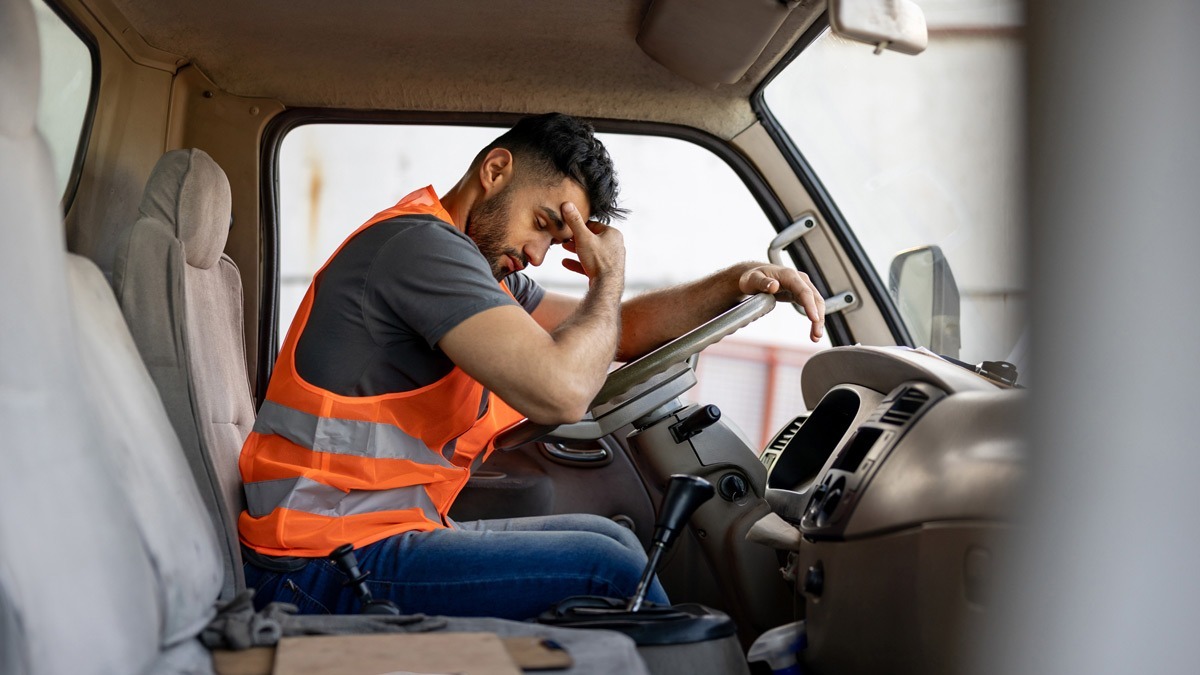
No Fees Unless We Win
Van Law Firm works on a contingency fee basis, meaning:
- No upfront payments or retainers
- No hourly billing
- You pay nothing unless we recover compensation for you
We also offer free consultations, so you can speak with an attorney about your options at no cost.
Contact Van Law Firm Today
If you or someone you love was injured in a crash caused by a drowsy driver, you do not have to handle the aftermath alone. You deserve answers, accountability, and fair compensation.
No obligation consultations are always free.
Let Us Help You! Call Now: (725) 900-9000